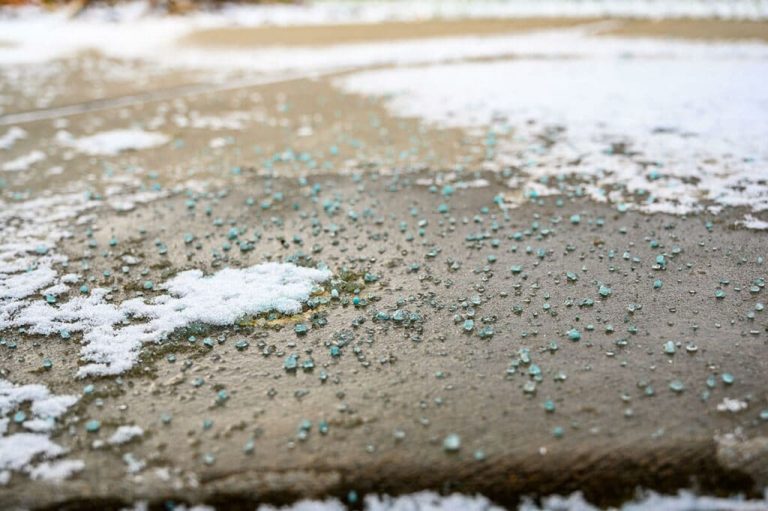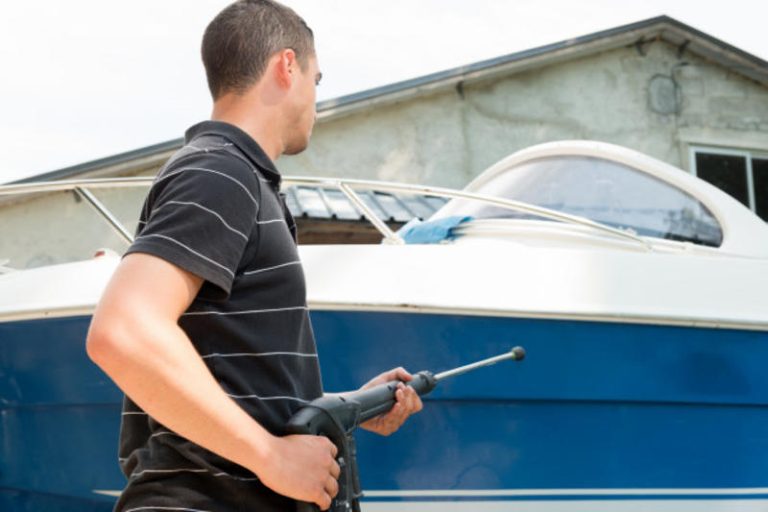
If your home’s painted exterior is starting to look dull or dirty, you might be tempted to blast it with a power washer. But wait—is power washing actually safe for painted surfaces? Or are you going to end up scraping off the paint and calling a painter?
This is one of the most common (and important) questions homeowners ask, and the answer is: Yes, power washing can be safe for painted surfaces—but only if it’s done properly.
🎯 What Makes Painted Surfaces Tricky?
Paint isn’t indestructible. Over time, it can peel, chip, fade, or become fragile—especially if exposed to harsh weather or UV rays. A power washer, with the wrong nozzle or pressure setting, can strip off paint in seconds.
That’s why you need to consider three things before turning on the power washer:
- The condition of the paint
- The type of surface (wood, stucco, metal, etc.)
- The pressure and spray pattern you’re using
💧 How to Safely Power Wash Painted Surfaces
To clean your home’s painted areas without damaging them, follow these tips:
- Use a Wide Spray Nozzle (25° or 40°)
These create a gentler fan pattern that spreads out the pressure. - Lower the Pressure (1,200–2,000 PSI)
Stick to the low end of the scale. High pressure may peel off even well-adhered paint. - Keep Your Distance
Start about 2–3 feet away and move closer only if necessary. - Wash at a 45° Angle
Avoid blasting head-on. Spraying upward or directly into siding can force water underneath. - Check for Peeling Paint First
If your paint is already loose, even gentle washing will likely remove it.
Browse Amazon Here For Top Rated Power Washers And Accessories
🧽 When You Should Power Wash Before Repainting
If your goal is to repaint, then yes—power washing is the perfect prep step. Here’s why:
- It removes dirt, chalk, and mildew that prevent new paint from sticking.
- It clears away any peeling areas so they don’t bubble under the new coat.
- It saves you time and ensures longer-lasting results.
Just make sure you allow the surface to dry fully (usually 24–48 hours) before applying paint.
🚫 When to Avoid Power Washing Painted Surfaces
Some situations call for caution—or skipping power washing altogether:
- Old wood siding with lead-based paint
- Painted stucco or plaster with cracks
- Surfaces exposed to water intrusion or rot
In these cases, a gentle hand-wash with a hose and brush or a soft-wash system may be better.
✅ The Verdict
Power washing can be safe for painted surfaces, but it requires the right technique and settings. Done carefully, it’s a great way to freshen up the look of your home. Done recklessly, it can strip off years of work in minutes.
So take it slow, test a small area first, and remember—less pressure is more when it comes to painted walls. 🎨💦✨
Browse Amazon Here For Top Rated Power Washers And Accessories






